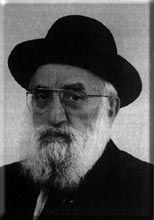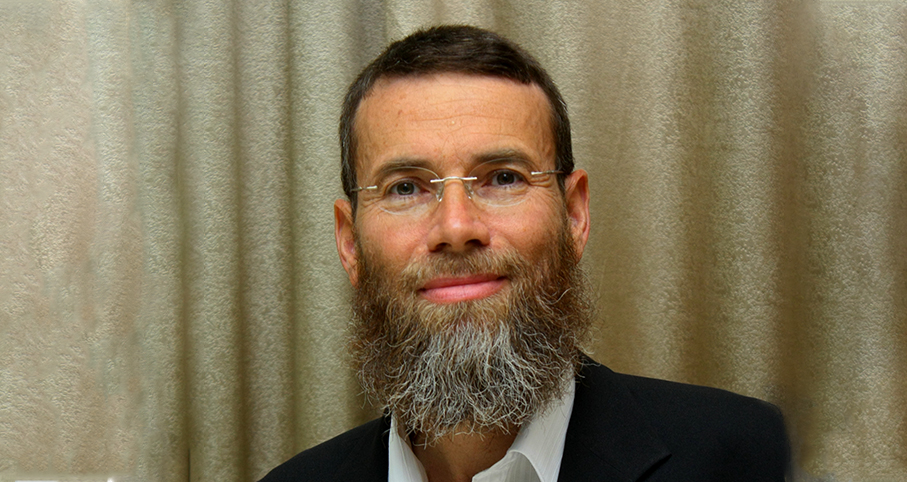Beit Midrash
- Torah Portion and Tanach
- Bereshit
- Vayera
- Sections
- Chemdat Yamim
- Parashat Hashavua
Avraham and Yitzhcak erected altars to Hashem (see Bereishit 13:3-4; ibid. 26:25), and Yaakov erected both an altar (ibid. 35:6) and a monument (ibid. 28:18).What is the idea of the tree that Avraham planted? A tree?! It sounds like an asheira (tree of idol worship), Heaven forbid!
Our surprise strengthens when we consider that the center that Avraham established in Be’er Sheva was a central part of his service of Hashem. For example, we see that after the Binding of Yitzchak in Jerusalem, Avraham returned to Be’er Sheva (ibid. 22:19). The Ramban (to Bereishit 23:2) explains that he did so because of that eshel. This is where he received the command to bring Yitzchak as a sacrifice, and this is where he thanked Hashem for the good outcome. We conclude that our forefathers used various tools to serve Hashem, including those that Hashem later commanded to discontinue. (See Devarim 16:21-22, which mentions consecutively the prohibition to use both a monument and a tree of worship.)
We will use this introduction to try to explain one of the hardest p’sukim in Yeshayahu (6:13). "And there will still be a tenth, and it will return and will be destroyed like an elah tree and an alon tree, which when it sheds its leaves (shalechet), its monument is in them, their holy seed is its monument." We cannot explain the whole pasuk (readers are invited to see Tzofnat Yeshayahu, p. 52-61). We will just point out that the pasuk mentions monuments and two trees: elah and alon. These, along with the eshel, are theophoric names – those which include hints at a divine name – as all these trees have the letters aleph and lamed in their short names.
What is the significance of these trees and what does the idea of shalechet represent? We will cite Rashi’s third explanation. There was a gate in Yerushalayim whose name was Shalechet and there stood an elah, an alon, and a monument. They were used for service of Hashem since the time of the forefathers, and perhaps they were already used from the time when Shem, the son of Noach was in Yerushalayim. By the time of Yeshayahu¸ the Torah had long ago forbidden using these trees in the service of Hashem. However, since at the time they were planted, they were used for Hashem in a permitted manner, it was forbidden to destroy them.
This pasuk compares between the Shalechet Gate trees and Bnei Yisrael. Just as the former are protected from destruction, in the merit of the forefathers who used them properly, even though there were subsequent people who used them improperly, so too Hashem protects the survival of Bnei Yisrael, which is founded in purity, because of our roots.
Let us pray that we will be able to find protection from all our enemies in the shade of the Divine Presence in the merit of our nation’s founders. Let us internalize this idea and strive jointly for a more elevated life of justice, truth, and spirituality.

Parashat Hashavua: “See” and “Be Seen”
Rabbi Yossef Carmel | Cheshvan 5786

What Does Our Sedra Teach Us About "Hachnasat Orchim?"
Rabbi Stewart Weiss | Cheshvan 18 5781

God and Strangers
Vayera 5779
Rabbi Jonathan Sacks | Cheshvan 16 5779





















